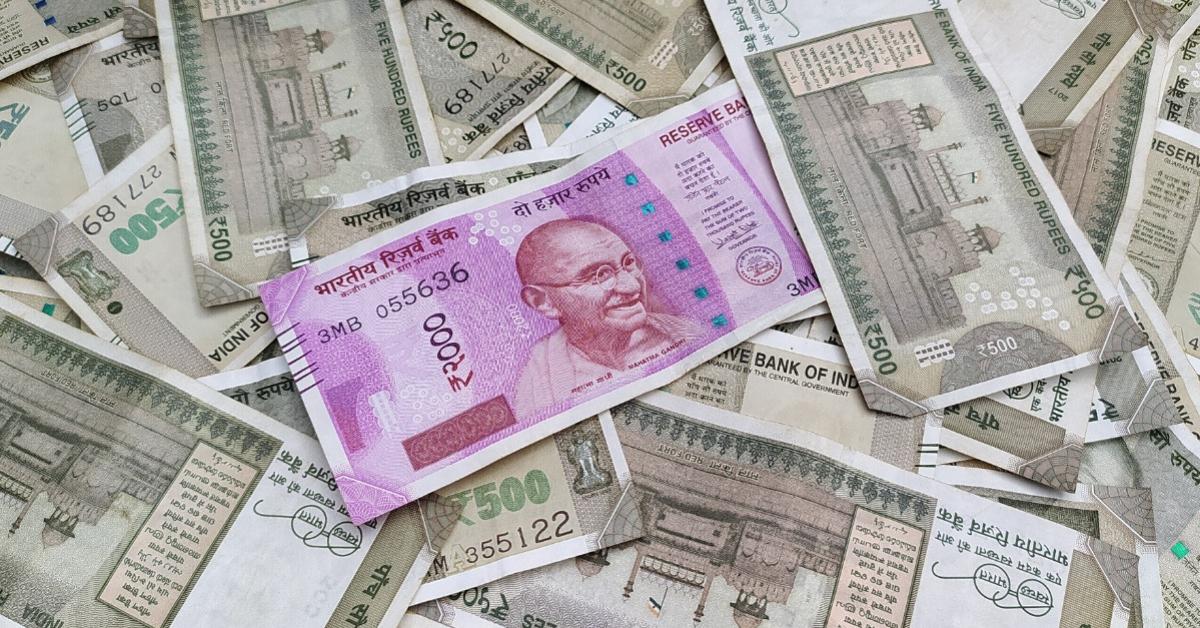
India is currently the seventh-largest country in the world with the largest youth population. There are many elements that make this country unique, the foremost being diversity—diversity of culture, race, ethnicity, and linguistics. India faced an era of colonialism under the British, who would take raw material from India at cheaper rates and import the finished products.
India and Nigeria are both countries that gained independence from Britain in the same period, but India is now rising much more effectively than Nigeria. Indians saved their culture and their religion but adopted the technologies of the West, whereas Nigeria adopted Western culture and religion but failed to utilize Western technologies. Indians adopted British discipline in their army, which is seen clearly and was successful in many aspects on an individual level, but India took the wrong road to economic development.
India was declared a mixed economy after its independence in 1947, but it was largely socialist leaning, with its first prime minister, Pandit Jawaharlal Nehru, being fond of socialism. Socialism was admired in theory, but very few were ready to embrace it practically. In a way, the socialist path was also chosen to oppose the “evil” system of the colonizer, Great Britain. F.A. Hayek published his article “The Use of Knowledge in Society” in 1945, two years before India became independent.
Unfortunately, Indian intellectuals did not read Hayek’s article, just as they had failed to read Ludwig von Mises’s book Socialism more than twenty years before. Mokshagundam Visvesvaraya wrote the book Planned Economy in India, and in 1950, India’s Planning Commission was established and chaired by freedom fighter Nehru. The fact that India went with central planning and continued it for more than sixty years despite its failures is baffling.
If Indian economy was really “mixed,” then why was the other side of the argument highly neglected? One might argue that the condition of the country was very poor and therefore protectionism and government involvement in allocation were needed. Even if we agree with this, why was the planning intensified over the years?
In India’s fourth five-year plan (1969–1974) the banks were nationalized, and in 1975 a national emergency was declared by the prime minister. The Emergency of 1975 reflected Hayek’s insight: in planning there might be commission, but due to the heterogeneity of committee members, central planning eventually leads to a single person’s making the decisions, leading to a totalitarian rule. Hayek’s book The Road to Serfdom mentions things about democratic collectivism that did later happen in India and some of which still happens today.
In 1991, the Liberalisation, Privatisation and Globalisation (LPG) model was finally introduced, and India took a capitalistic approach under Prime Minister P.V. Narasimha Rao. After the 1991 reform, India had more development and prosperity.
India adopted Western technologies but only when they were bound to do so. The Indian Planning Commission aimed for self-reliance in the third five-year plan, but the vision was always collective. Finally, the Planning Commission was dissolved, but it was replaced by the newly introduced NITI Aayog which believes in a bottom-up approach.
The bottom-up approach advocates decentralization and individualism, starting with the people rather than putting those already in power at the top of the pyramid. But NITI Aayog’s bottom-up approach is funding the state governments as they replace the Union Government’s old planning. Decentralization means power is transferred from the union to the local government (the word delegation is probably assumed to not exist). This is what is called “The End of Truth.”
The situation keeps getting worse as time goes on. India’s government itself doesn’t know how much is lost in depriving the nation of the brilliant minds that leave and take their talents elsewhere. Usually it is the culture that is blamed in political discussions, but what hindered India’s development is the intellectuals’ superiority. It is a misfortune that those intellectuals weren’t like Hayek, Mises, James M. Buchanan, and Thomas Sowell, who are less known in the social structure of India. The monopolized education system is such that it still keeps the collectivist values alive and has made people still consider socialism as a sign of morality.
On the positive side, the growing entrepreneurial spirit has encouraged self-employment. It was probably never about the incompetency of individuals in the skills but always about the system’s inclination toward the collective spirit.





